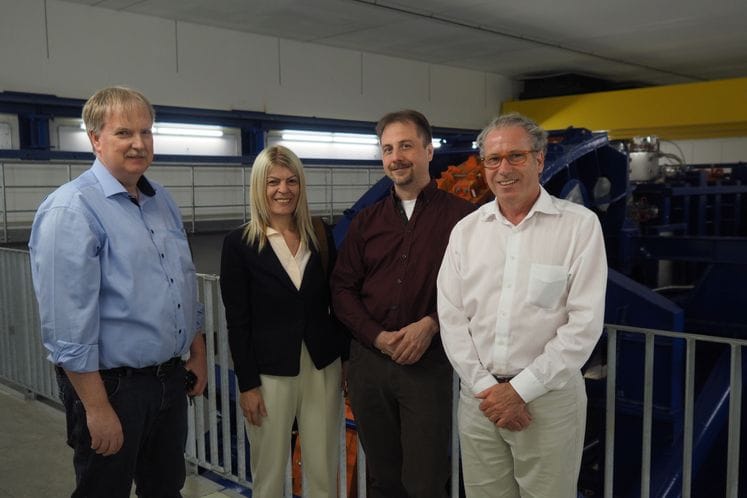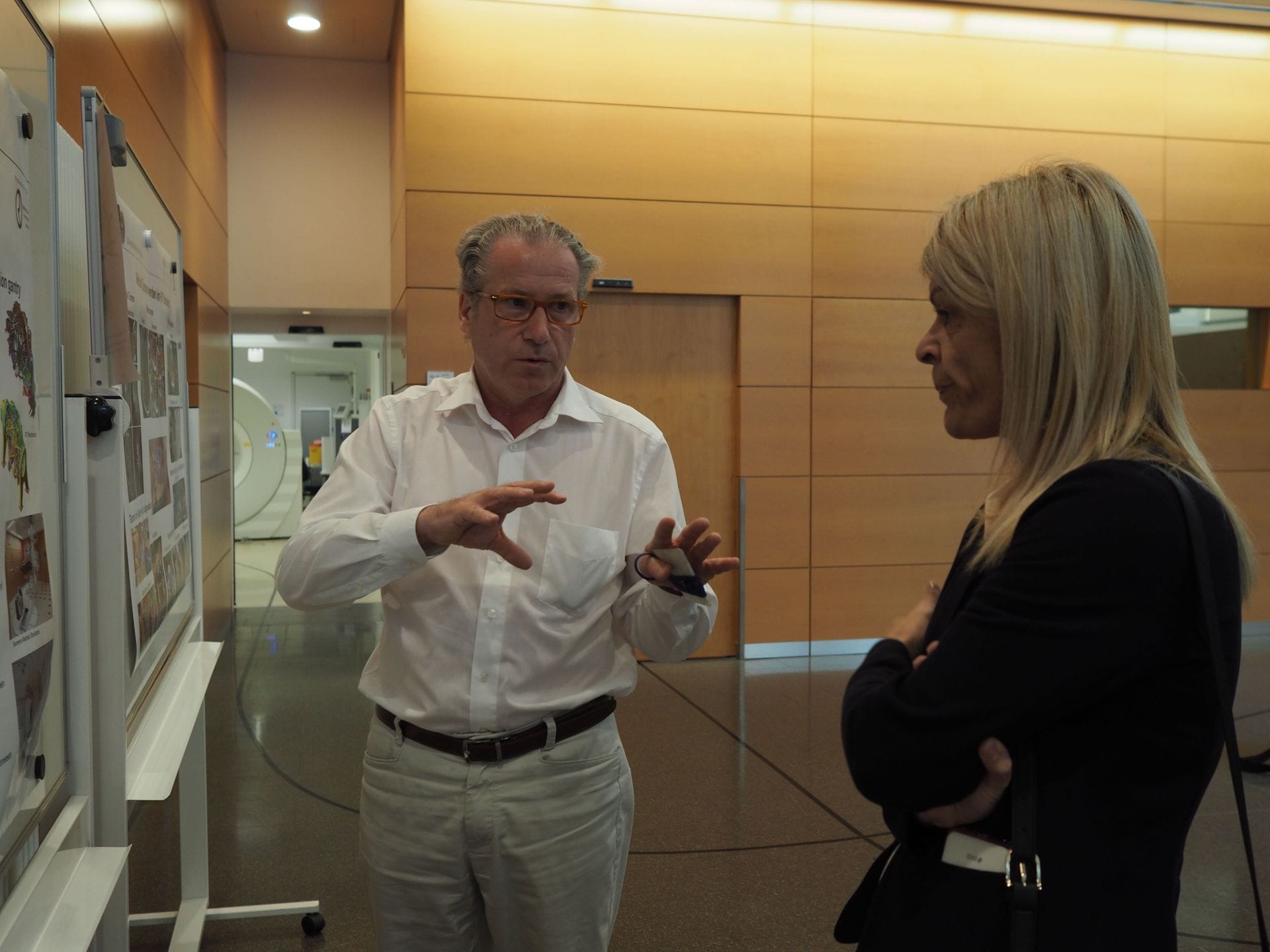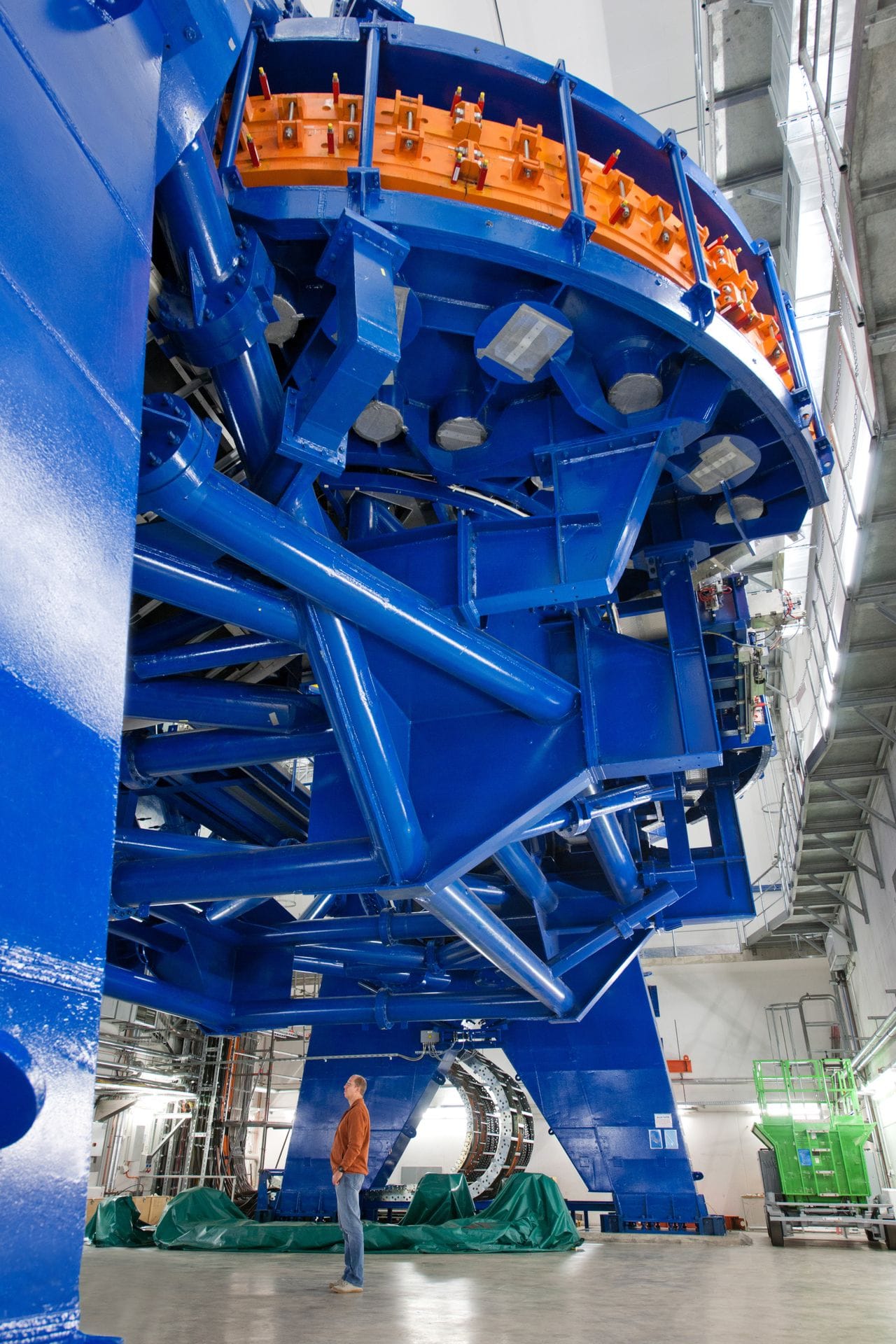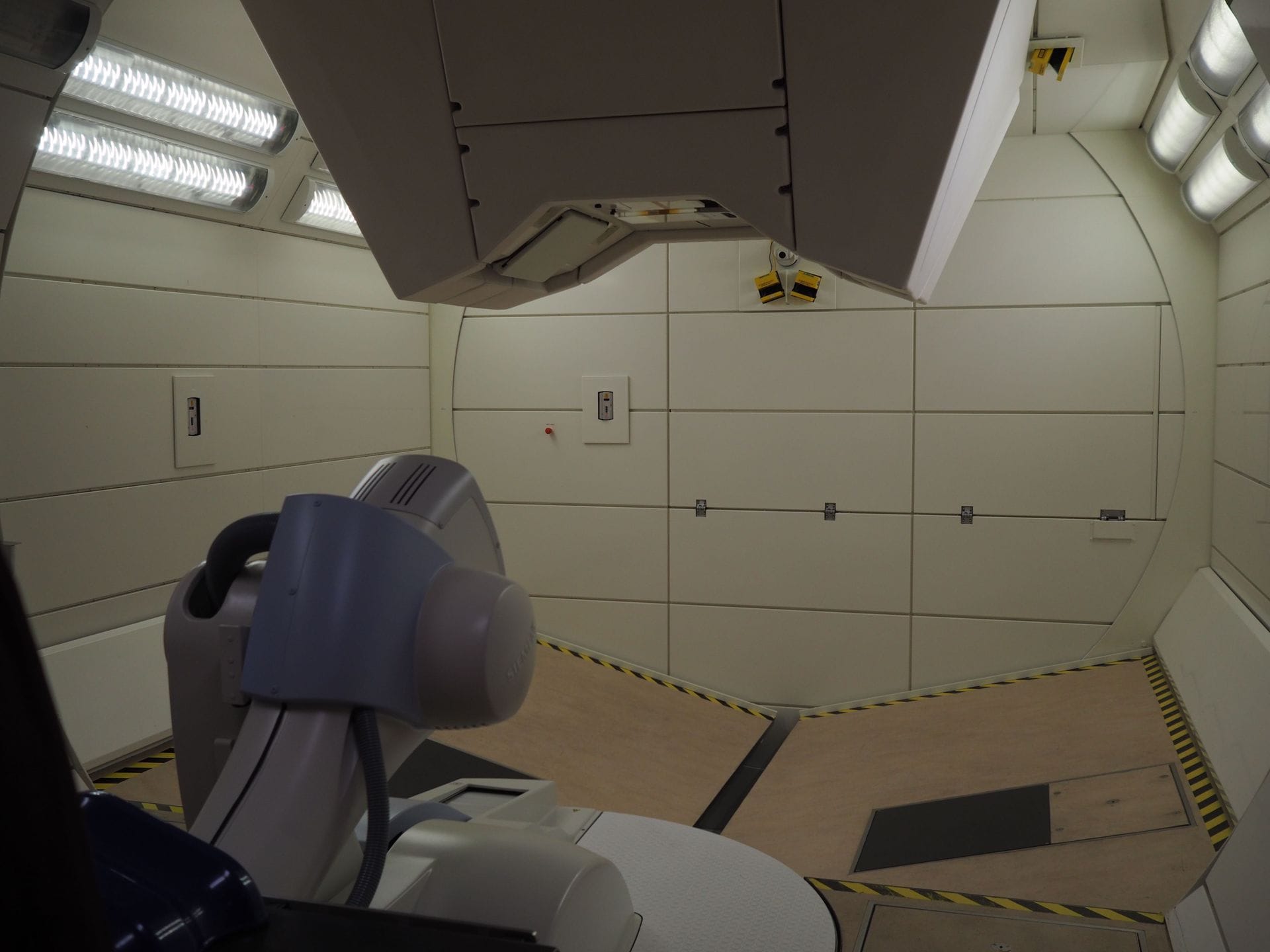- Government of Montenegro
Ministry of Education, Science and Innovation Minister Damjanović visits the Heidelberg Ion-Beam...
Please note: The page below represents the archived content relating to the previous Government of Montenegro. Some of the information might be inaccurate or outdated.
Archive
Minister Damjanović visits the Heidelberg Ion-Beam Therapy Center HIT

Published on: Apr 11, 2018 • 3:21 PM Author: Ministry of Science


Minister of Science Dr. Sanja Damjanović paid an official visit to the Heidelberg Ion-Beam Therapy Center HIT (heavy ion therapy), the first such project implemented in Europe, successfully operating since 2009. The purpose of the visit was the meeting with the Science-Technical Director of HIT, Dr. Thomas Haberer, with a view to obtain information on the possible advanced technical specification of the future South-East Europe International Institute for Sustainable Technologies (SEEIIST). Previously, during the second meeting of the Steering Committee of the Institute held in Tirana, the option of heavy ion therapy was unanimously selected as the option for the Institute.
Expert support of the HIT Center is extremely important since the SEEIIST Institute must be based on state-of-the-art technologies, being at least partly complementary to existing projects, of which there are only four in Europe.


In addition to the Science-Technical Director of HIT, Dr. Thomas Haberer, the meeting was also attended by the manager of the second largest machine in Germany – MIT (Marburg Ion-Beam Therapy Center), Dr. Andreas Peters and Beam Diagnostics Department Leader at the GSI-FAIR Institute in Darmstadt, Dr. Marcus Schwickert. The first prototype of Hadron cancer therapy using heavy ions was built precisely at the GSI, and the first 450 patients were treated in this laboratory.
The background of one of the photographs shows a 600-ton gantry, i.e. a collection of magnets that directs particle beams at the cancerous cells. This huge system is surrounding the room for patients.
Hadron cancer therapy and research in biomedicine with protons and heavy ions is today the most modern and most effective method for treating a large number of cancer types. The implementation of this project in the territory of South-East Europe will generate social and economic benefits for the entire region, boosting the quality of life, especially when it comes to health, as this method of treatment will be available to all citizens of the region.
Expert support of the HIT Center is extremely important since the SEEIIST Institute must be based on state-of-the-art technologies, being at least partly complementary to existing projects, of which there are only four in Europe.


In addition to the Science-Technical Director of HIT, Dr. Thomas Haberer, the meeting was also attended by the manager of the second largest machine in Germany – MIT (Marburg Ion-Beam Therapy Center), Dr. Andreas Peters and Beam Diagnostics Department Leader at the GSI-FAIR Institute in Darmstadt, Dr. Marcus Schwickert. The first prototype of Hadron cancer therapy using heavy ions was built precisely at the GSI, and the first 450 patients were treated in this laboratory.
The background of one of the photographs shows a 600-ton gantry, i.e. a collection of magnets that directs particle beams at the cancerous cells. This huge system is surrounding the room for patients.
Hadron cancer therapy and research in biomedicine with protons and heavy ions is today the most modern and most effective method for treating a large number of cancer types. The implementation of this project in the territory of South-East Europe will generate social and economic benefits for the entire region, boosting the quality of life, especially when it comes to health, as this method of treatment will be available to all citizens of the region.
Related articles:
Request for prequalification Jan 17, 2025
Is this page useful?
